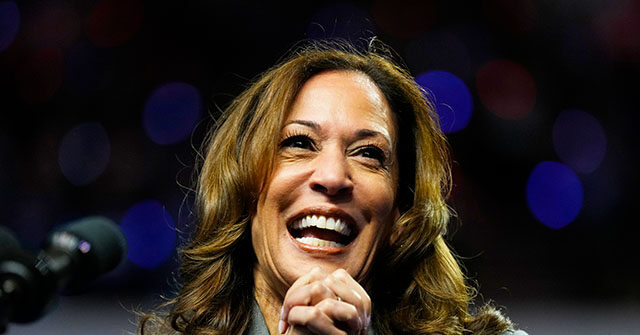On a recent episode of MSNBC’s “Andrea Mitchell Reports,” Rep. Jasmine Crockett (D-TX), who is a Co-Chair of the Harris-Walz campaign, addressed the prevailing criticism concerning Vice President Kamala Harris’s lack of interviews during the current presidential campaign. Mitchell pointed out that despite Harris’s campaigning efforts, some observers feel she is not engaging enough in interviews, highlighting that she has only participated in three interviews throughout the campaign, including ones with Stephanie Ruhle and Dana Bash. As the election approaches, there is increasing concern about Harris’s visibility and interaction with voters, particularly as time runs short for her to make a significant impact.
Crockett defended Harris by emphasizing the historic context of her campaign and the constraints it presents. She expressed a belief that the focus should not solely be on traditional interviews but rather on bringing the message directly to the people. According to Crockett, Harris is at her best when she is interacting with the public in person, engaging with them emotionally, and conveying the sincerity of her policy positions. This direct interaction allows voters to connect with her on a personal level and understand her vision for the country, which, Crockett argues, is crucial in a fundamentally different election landscape.
Crockett’s comments reflect a broader understanding that the dynamics of campaigns have evolved. In the current political climate, effective communication often transcends conventional media appearances. Instead, engaging with constituents and building relationships can resonate more deeply with voters, fostering trust and understanding. This approach also considers the unique challenges faced by Harris, who is navigating her path as a historic candidate in the context of limited time and resources.
While critiques regarding media visibility are common, Crockett believes that the strategic choice to minimize formal interviews allows Harris to allocate her time more effectively. She argues that voters are increasingly looking for authentic connections rather than scripted answers, which can be more effectively achieved through grassroots efforts. This shift in strategy may reflect a recognition among campaign leaders that face-to-face interactions might yield more substantial support compared to traditional media engagements that can sometimes be fraught with misinterpretation or lack of context.
Critics may remain concerned about Harris’s media presence, but Crockett’s advocacy for a more personable campaign tactic underscores an evolving understanding of voter engagement. In a landscape where authenticity is highly valued, the idea of prioritizing physical campaigning and direct voter interaction may prove beneficial. Ultimately, the campaign’s strategy appears to align with the current priorities of what voters are seeking—genuine connection and reassurance amid an uncertain political climate.
As Harris continues her campaign, it will be essential for her to balance different forms of outreach, including media engagements and community interactions. The potential of building trust and support through authentic exchanges cannot be underestimated. Crockett’s commitment to this approach reinforces the notion that in this election, forging a strong, sincere connection with voters is vital for Harris’s success. As the campaign gears up for the final stretch, the efficacy of this strategy will be tested, highlighting the importance of adapting to the evolving political landscape in which they find themselves.

